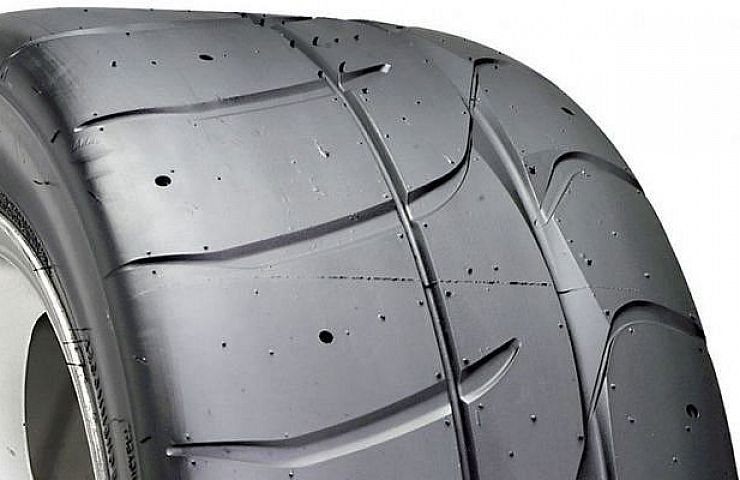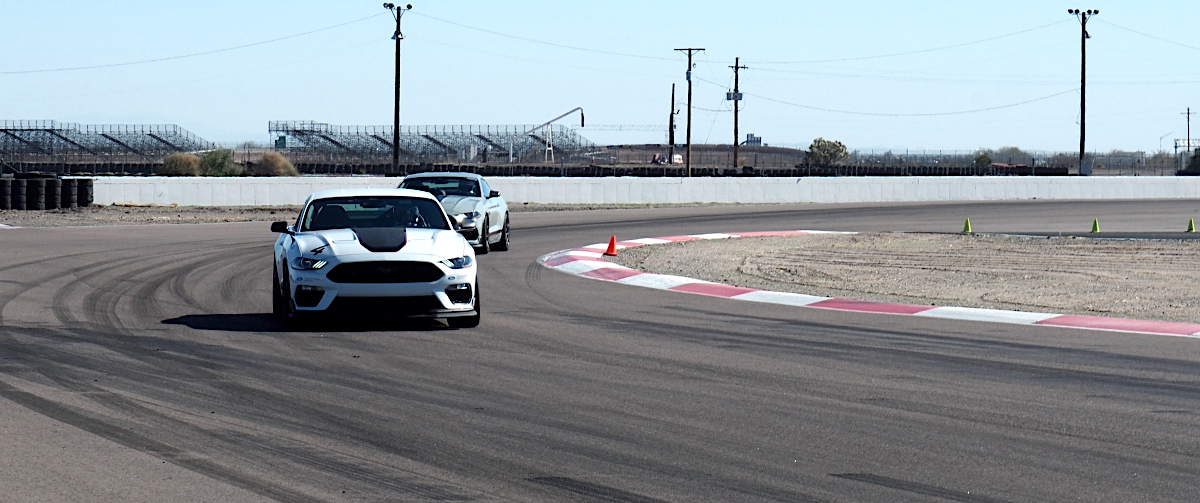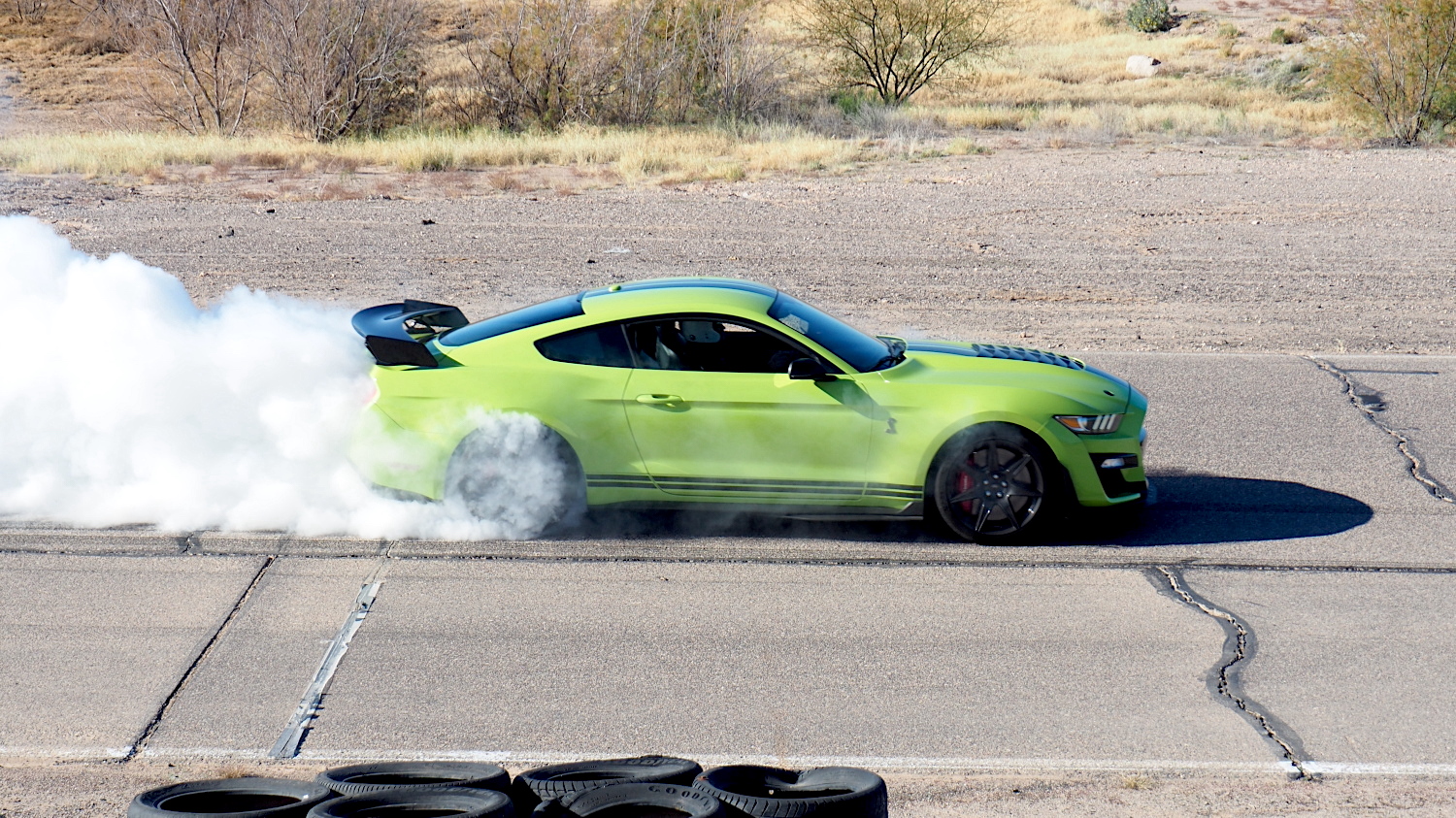Spend some time at a road course track, and the topic of tires will come up. Every driver has a favorite brand or model. Many track rats heap praise on R-compound tires. But are they the best for you and your ride?
R Compound Defined
Tires are made with different rubber compounds to create the manufacturers’ desired outcome.
- A harder compound might wear longer but offer a harsher ride and less traction.
- A softer compound might provide better traction but sacrifice wear and mileage.
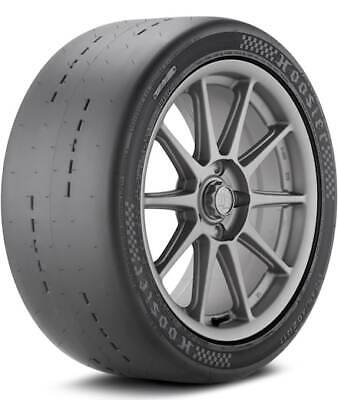
Hoosier A7
Meanwhile, an R-compound tire is specifically designed for racing. The tread is designed for the highest road contact, and the rubber gets stickier as the tire heats up. These tires are as close as you can get to the slick tires used in the racing world.
Each time the tire heats up and cools down is considered a heat cycle. Tires only produce superior results for a few heat cycles, sometimes as few as five depending on brand and use. (Typical use of R-compound tires on the freeway won’t produce enough heat to make a difference.)
An R-compound tire and a tire with an R speed rating are entirely different. All tires have a rating for maximum speed. An R speed-rated tire is capable of speeds up to 106 mph and is not remotely similar to an R-compound tire.
Popular R Compound Tires:
- Goodyear Eagle RS
- Hoosier A7
- Hoosier R7
- Yokohama Advan A055
DOT Warnings
Many racing circuits require tires certified by the Department of Transportation (DOT). The certification specifies tread design, depth, and construction. R-compound tires were created to satisfy racers who want an edge on the track. These tires technically meet DOT specs, but their super sticky compound is not designed for regular street performance.
Make no mistake, R-compound tires are only intended for track use.
Hoosier Tires, a leading manufacturer, clearly states:
All Hoosier Racing Tires, including DOT-labeled Hoosier Racing Tires, are designed for racing purposes only on specified racing surfaces and are not to be operated on public roadways. DOT labeled Hoosier Racing Tires meet Department of Transportation requirements for marking and performance only and are NOT INTENDED FOR HIGHWAY USE.
So if you intend to get a set of R-compound tires, consider buying a separate set of wheels to mount them on.
Extreme Performance Tires Are a Great Compromise
Over the past few years, R-compound tires have fallen out of favor with all but the most dedicated track rats. Many racing organizations have even banned the use of R-compounds, requiring instead tires with a UTQG treadwear rating of 200. (See: Tire Terminology: From A to Z.)
These 200TW tires strike a balance between high-speed performance and tire wear. They are often listed as extreme performance tires.
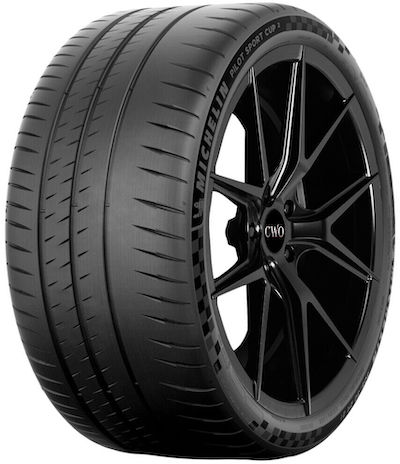
Michelin Pilot Sport Cup 2
Extreme performance tires are a compromise between all-out performance and daily driving capability. They feature rain channels in the tread pattern and wear-friendly rubber compounds. However, they slip, slide, and squeal when pushed to the limits of adhesion.
With extreme performance 200TW tires, you might sacrifice the last few tenths of a second per lap, but you gain the ability to drive to and from your event safely on the same tires you took out on track. Pair this with impressive tire life and it’s no wonder many drivers have eschewed R-compounds.
Popular 200TW tires:
- Bridgestone Potenza RE-71RS
- Dunlop Direzza ZIII
- Michelin Pilot Sport Cup 2 Connect
- Toyo Proxes R1R
- Yokohama Advan A052
Learn Your Limits
Regarding traction, most R-compound tires are like an on/off switch: everything’s going great until suddenly it isn’t. And then, you’re backward looking at a retaining wall. That progressive traction loss we mentioned earlier? It’s nearly absent from a competition tire, so you don’t get any audible warning before your car breaks loose.
This is fine if you’re an experienced driver who knows the vehicle’s limits. But it can be disastrous if you’re just starting in motorsports and cannot accurately predict when and where you’ll push past the limits of adhesion.
We all want to be fast, but safety is most important. Slapping a set of R compounds on your car for your first track day or autocross event will only make it harder for you to control your vehicle. It will also slow your learning process as you won’t get the tire feedback you need to improve as a pilot.
So don’t jump into the deep end immediately. Instead, stick with a high-performance street tire for the first year of track driving.
Related: The Best Street-Legal Drag Tires
See Racing Tires for sale on eBay.

